The Swilcan Bridge was restored after an outcry. What other golf landmarks shouldn't be touched?
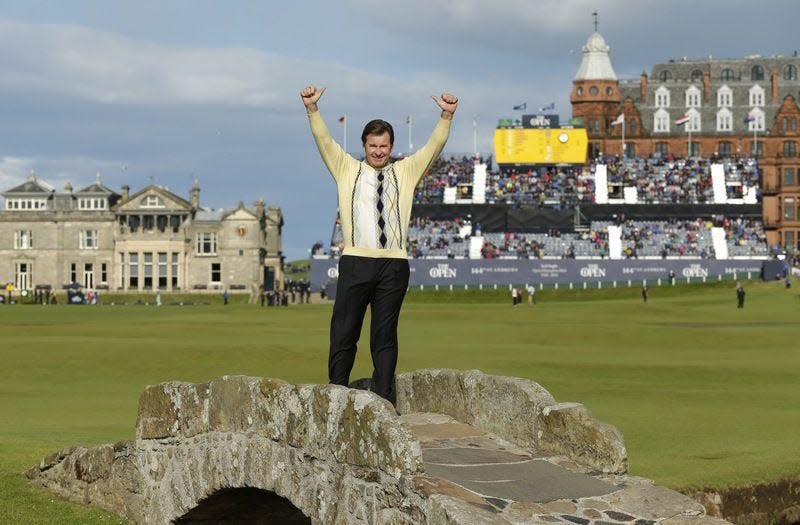
They tried to put large paver-type stones at the foot of the Swilcan Bridge on the 18th hole of the St. Andrews Old Course — the birthplace of golf around 600 years ago.
The purists were having none of it.
After several days of virtual ranting — including criticism from three-time British Open champion Nick Faldo down to the 20-handicappers who crossed the bridge on their bucket-list trip to Scotland — the St. Andrews Links Trust had the patio (for lack of a better, or less polite word) removed and said in a release that it will find other ways to address the reason the stones were installed; the grass around the foot of the bridge was becoming difficult to grow and maintain because of the foot traffic.
More golf coverage
Green on the Island Green: Rising country star Riley Green headlines Players concert
600 on 9?Stadium Course par-5 ninth could be the first 600-yard hole for The Players Championship
Must see:Golfweek lists 30 golf landmarks for anyone's bucket list
The reason lies in the iconic nature of St. Andrews and the Swilcan Bridge. Golf was said to have been born in its modern form at St. Andrews six centuries ago and the bridge may also predate the golf course by an estimated 200 years.
Needless to say, golfers worldwide flock to St. Andrews (a public facility) and almost all of them want to follow in the footsteps of past Open champions and have their picture taken on the Swilcan Bridge.
Compounding the traffic is that Sundays at St. Andrews are closed to golf but open for the public to walk across the fairways, picnic, throw frisbees — and stroll across the Swilcan Bridge.
When the first photos of the patio fronting the bridge entrance hit the Internet, the outcry began and never let up. Perhaps just as horrifying to the St. Andrews Links Trust were the memes of the patio — such as people photo-shopping lawn furniture and grills on the stones, and one by PGA Tour winner Tim Herron, showing a crowded hot tub.
Settle down, everyone.
There's still work to be done on it. pic.twitter.com/g52KpR2iwj— Tim “Lumpy” Herron (@PGALumpy) February 4, 2023
And the St. Andrews Trust listened. As the fictional Howard Beale of the movie “Network,” said: “The people spoke, the people won. It was a radiant eruption of democracy.”
When the St. Andrews Trust announced it was removing the stones, the press release it posted on Twitter had around 1 million views as of Wednesday.
The lesson for other golf governing bodies or golf course owners: don’t mess with tradition. Here are some other landmarks that shouldn’t be trifled with, lest the wrath of golfers is unleashed.
Augusta National’s Bridges
The Augusta National Golf Club has three iconic bridges, none of which are likely to be modified in any way, because if there is an organization that zealously guards tradition, it’s the member of the club that hosts the Masters Tournament every year.
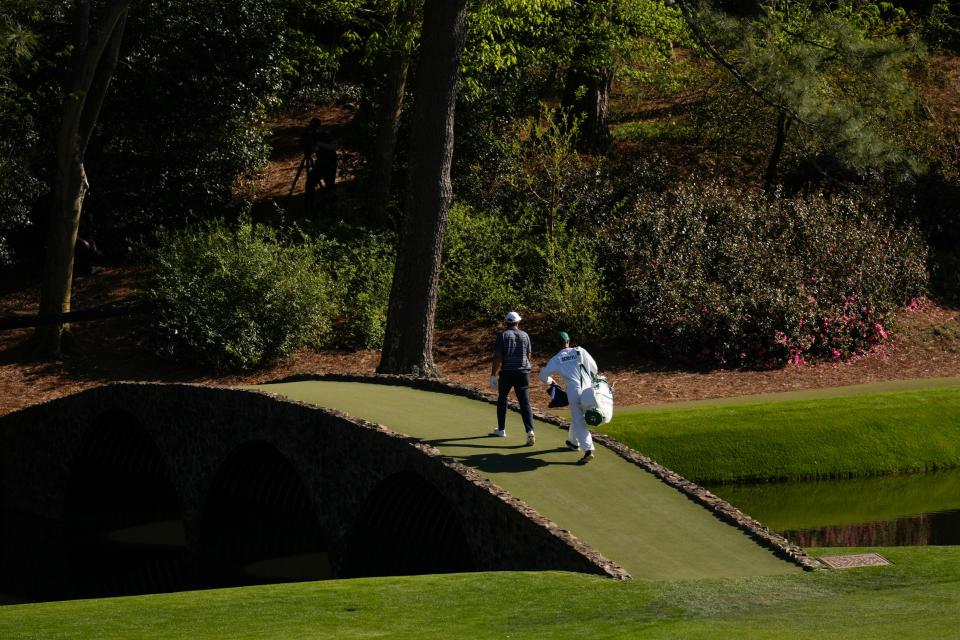
The Hogan Bridge takes golfers from the 12th tee to the 12th green, the Nelson Bridge from the 12th green to the 13th tee and the Sarazen Bridge from the 15th fairway to the 15th green. They are named for three of the most iconic Masters champions, World Golf Hall of Fame members Ben Hogan, Byron Nelson and Gene Sarazen, who combined to win the Masters five times.
The Hogan and Nelson Bridges are in the heart of Amen Corner and the Sarazen Bridges commemorates his albatross at the par-5 15th that earned him a playoff against Craig Wood – which he won the next day.
The Island Green
When Pete Dye unveiled his vision for the Players Stadium Course at TPC Sawgrass, few features of the golf course were criticized more than the Island Green at the 17th hole.
More than 40 years later, it’s might be the most recognizable golf hole in the world. As 17-time PGA Tour winner Jim Furyk once said, “when you see an aerial shot of it, you know what it is, where it is and what it means.”
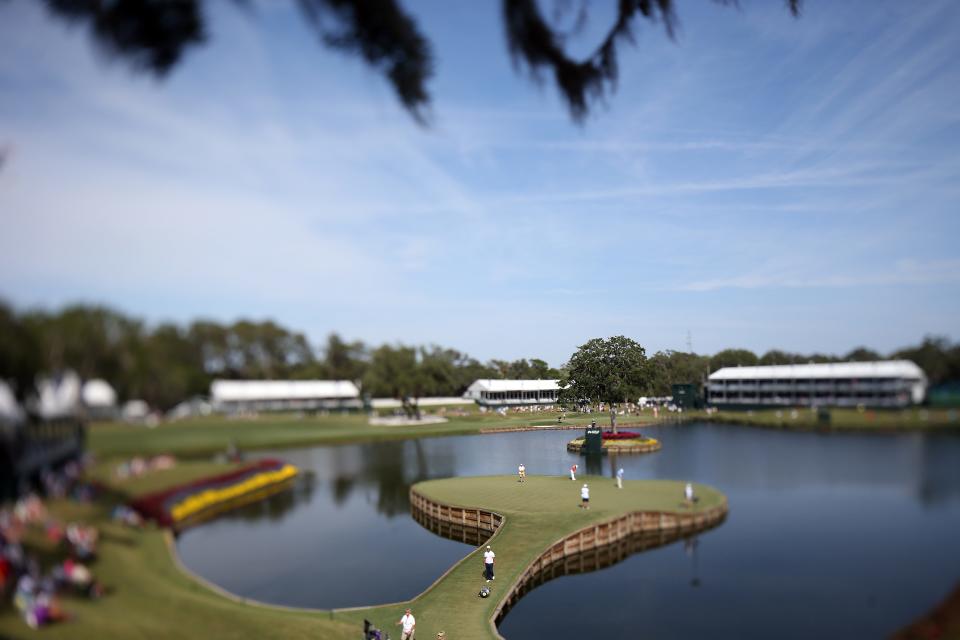
The shot varies from day to day at The Players, but it’s never more than about 140 yards. Tour pros, especially those in contention on the weekend, still quake inwardly at the prospect of hitting a mere pitching wedge or 9-iron and leaving it dry, with thousands of people watching and millions of dollars at stake.
Every once in a while, someone comes up with the less-than-brilliant idea of building a new tee and making it longer. It’s not as challenging anymore, some have said.
To which the 17th hole, if it could talk, might say, “Try me.”
The Pebble Beach Lone Cypress
A Monterey Cypress tree estimated to be about 250 years old just out of a rocky place along 17-Mile Drive in Pebble Beach, Calif., on the edge of the Pebble Beach Resort. It is part of the Pebble Beach logo and has survived the worst of the storms that can come roaring out of the Pacific.
Oddly enough, the tree doesn’t actually sit on any of the Pebble Beach golf courses. But it has become synonymous with Pebble Beach and has been photographed millions of times.
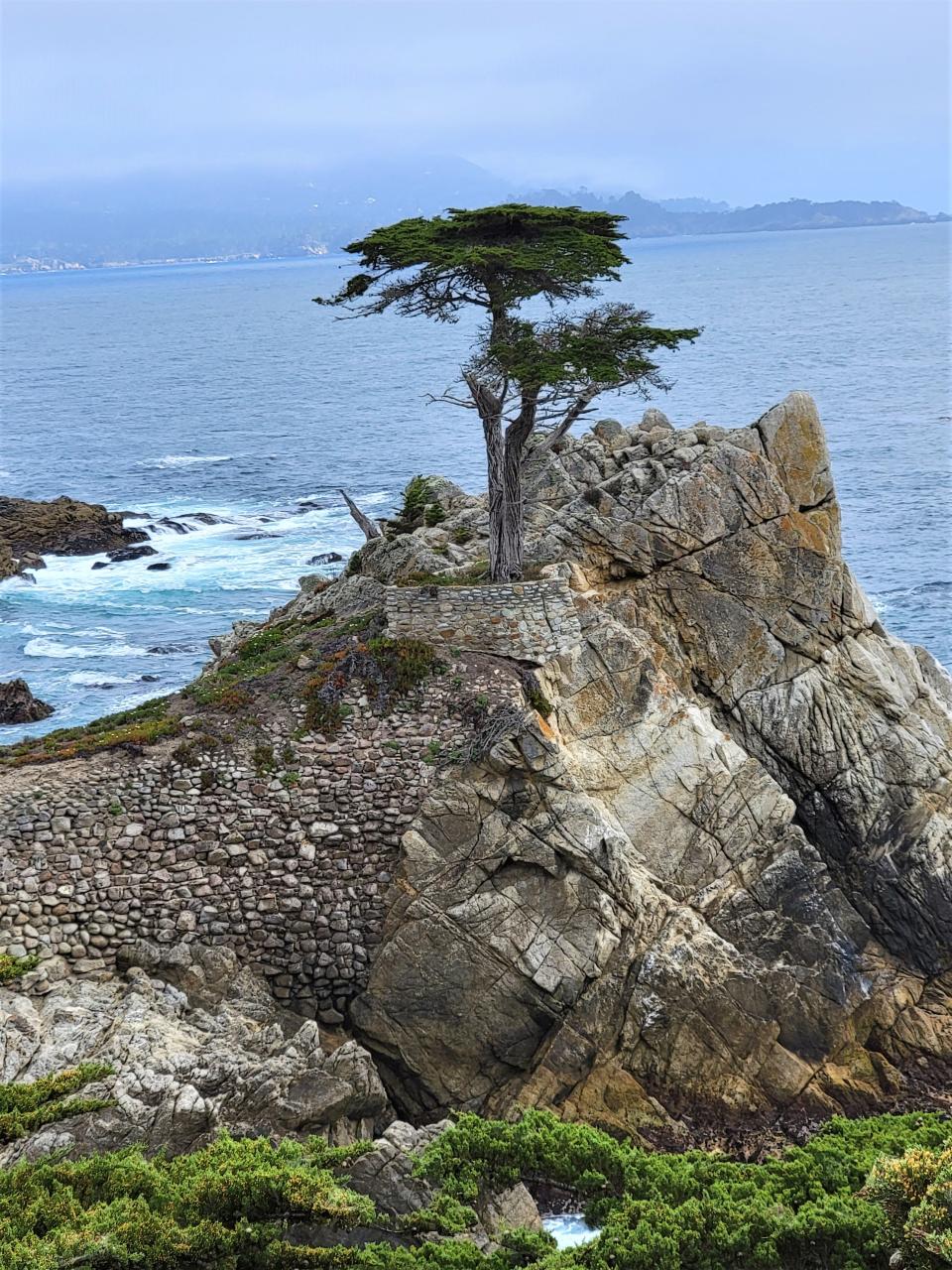
The resort would never touch it. Vandals have painted it, tried to burn it down and Mother Nature has unleashed her fury. Indeed, it was a storm in 2019 that knocked off one of its largest branches and changed the tree’s look.
The tree remains, a force of nature stronger than any storm.
Harbour Town Lighthouse
Charles Fraser, whose father started the Hilton Head Company, had the idea of building a lighthouse to augment Harbour Town, wanted to make sure all structures fit in with the environment, with no buildings taller than the tallest trees. His vision was to make Harbour Town look like Mediterranean ports along the Italian Coast.
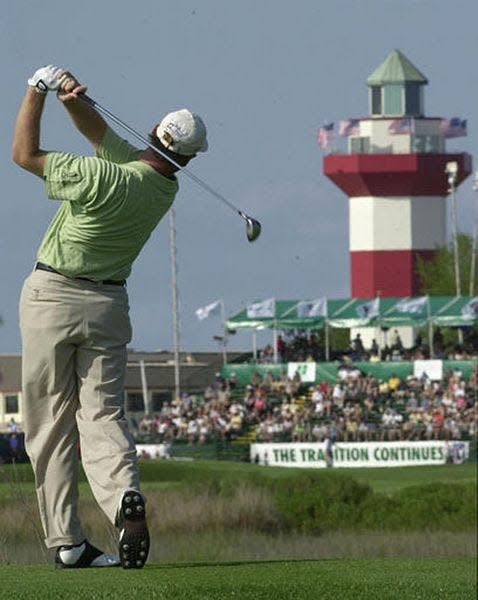
The exception was the octagonal red- and white-striped Harour Town Lighthouse, which was completed in 1970. Critics called the lighthouse "Fraser's Folly," but it has become not only part of the community's charm but a familiar sight for players and TV viewers as a landmark behind the 18th hole of the Harbour Town Golf Links, the site of the Tour's RBC Heritage.
Waialae’s Palm Trees
Another golf landmark of recent vintage, the four large palm trees that form a large “W” at the Waialae Country Club in Honolulu, wasn’t planted until 2009.
But’s already part of the club’s logo and is a welcome sight on a cold winter’s night for most of the country when the PGA Tour’s Sony Open is played.
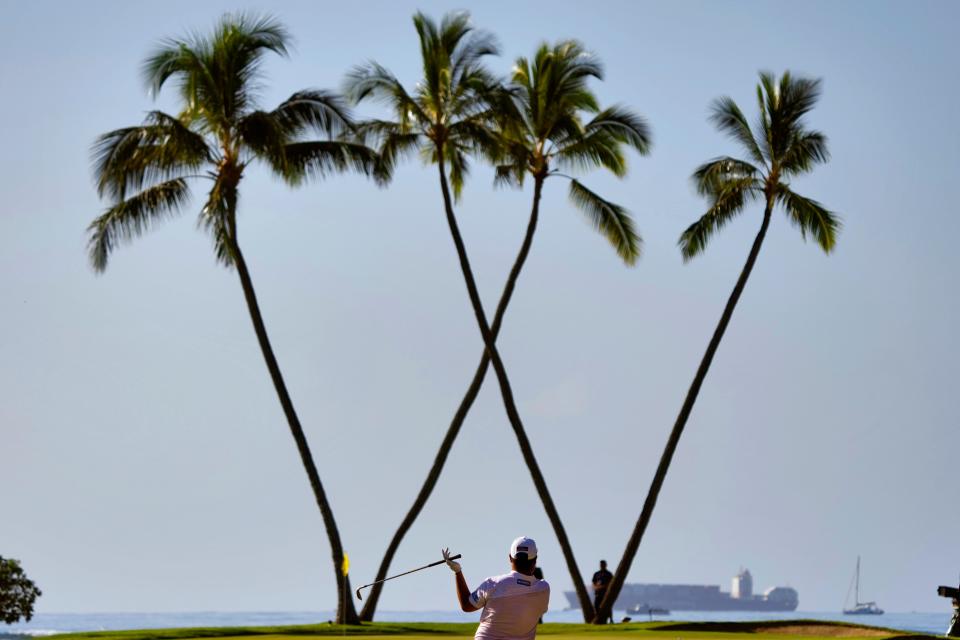
Club member Ethan Abbott is given credit for coming up with the idea of planting the trees, which are behind the seventh green (the 16th for the Sony Open) and provide a stunning backdrop to the hole.
And it came at a pretty inexpensive cost. Estimates are that the club paid only about $4,000 to take four existing palm trees and replant them.
This article originally appeared on Florida Times-Union: Augusta bridges, Lone Cypress are among untouchable golf landmarks

